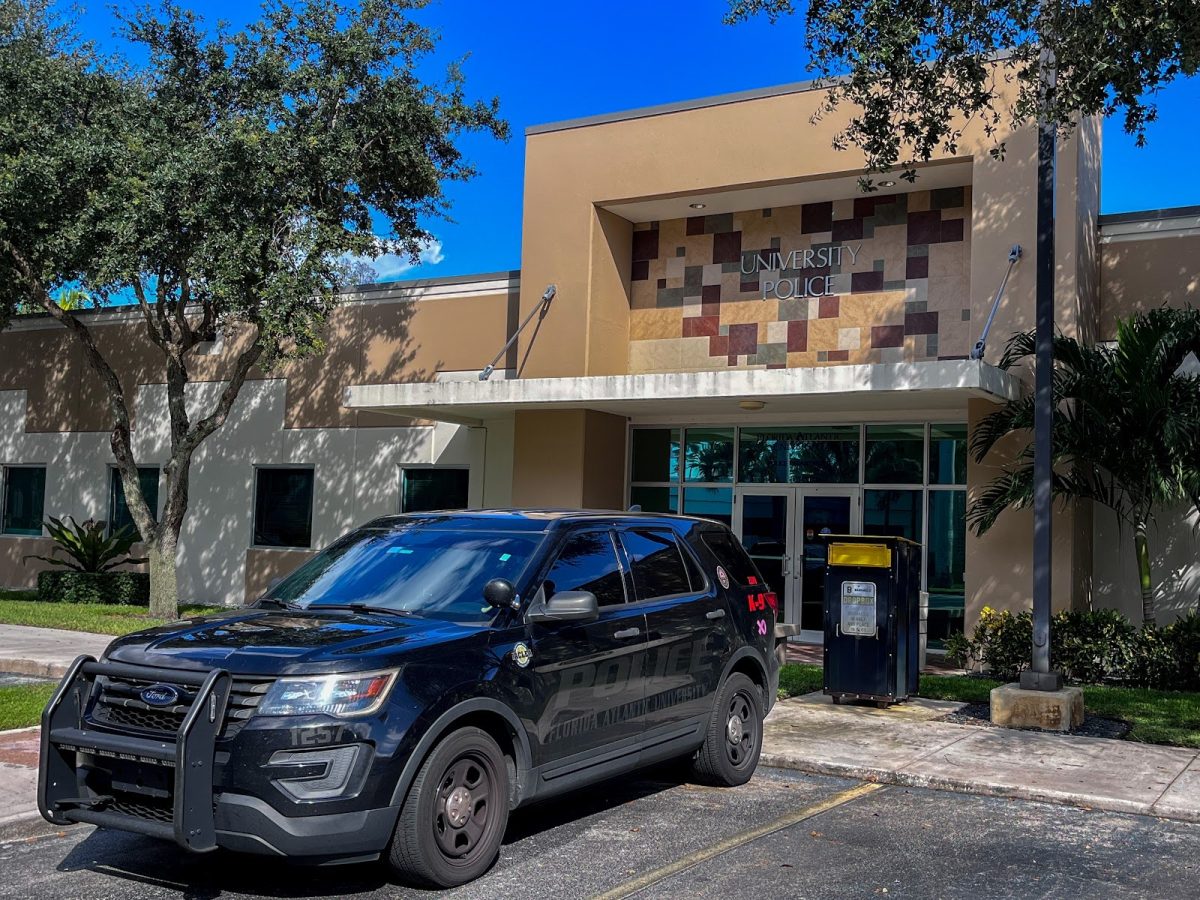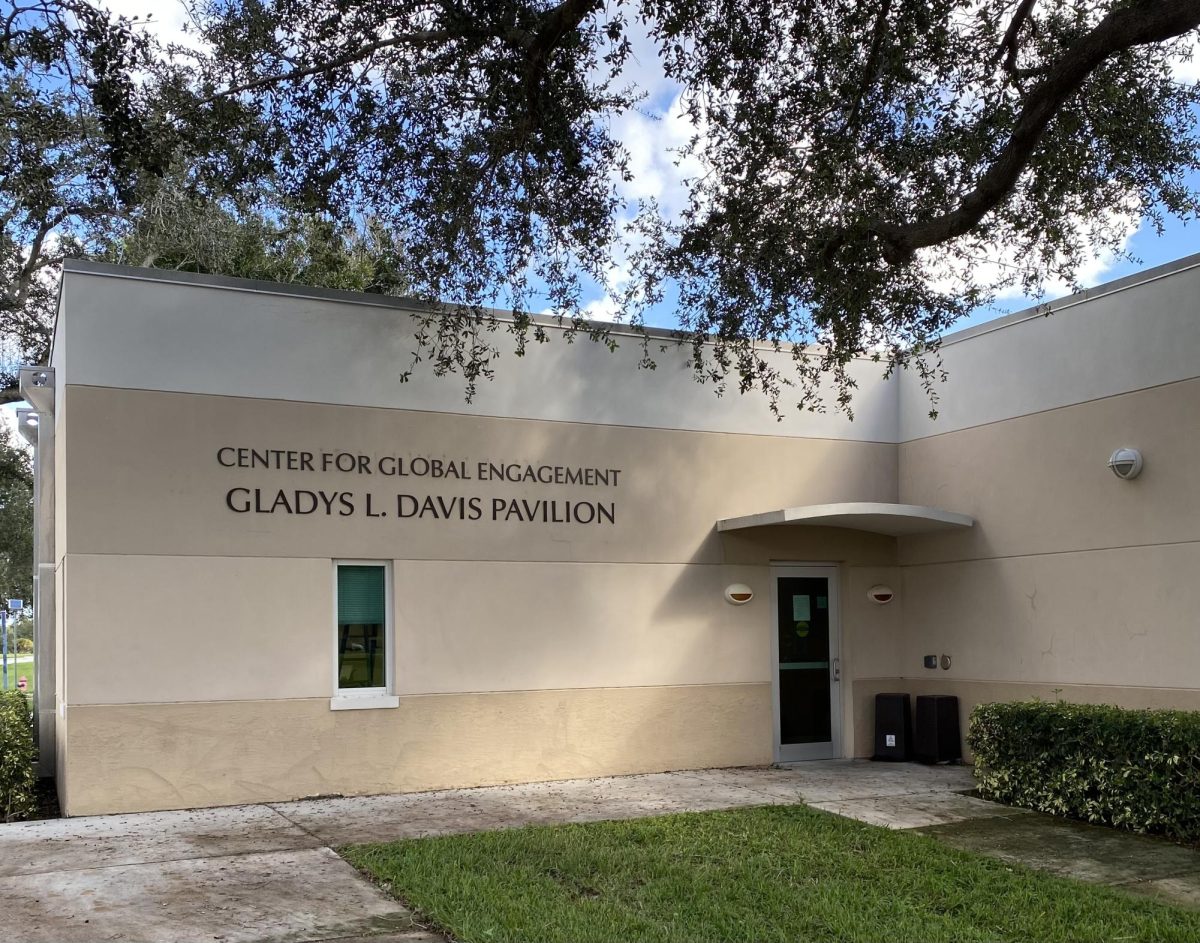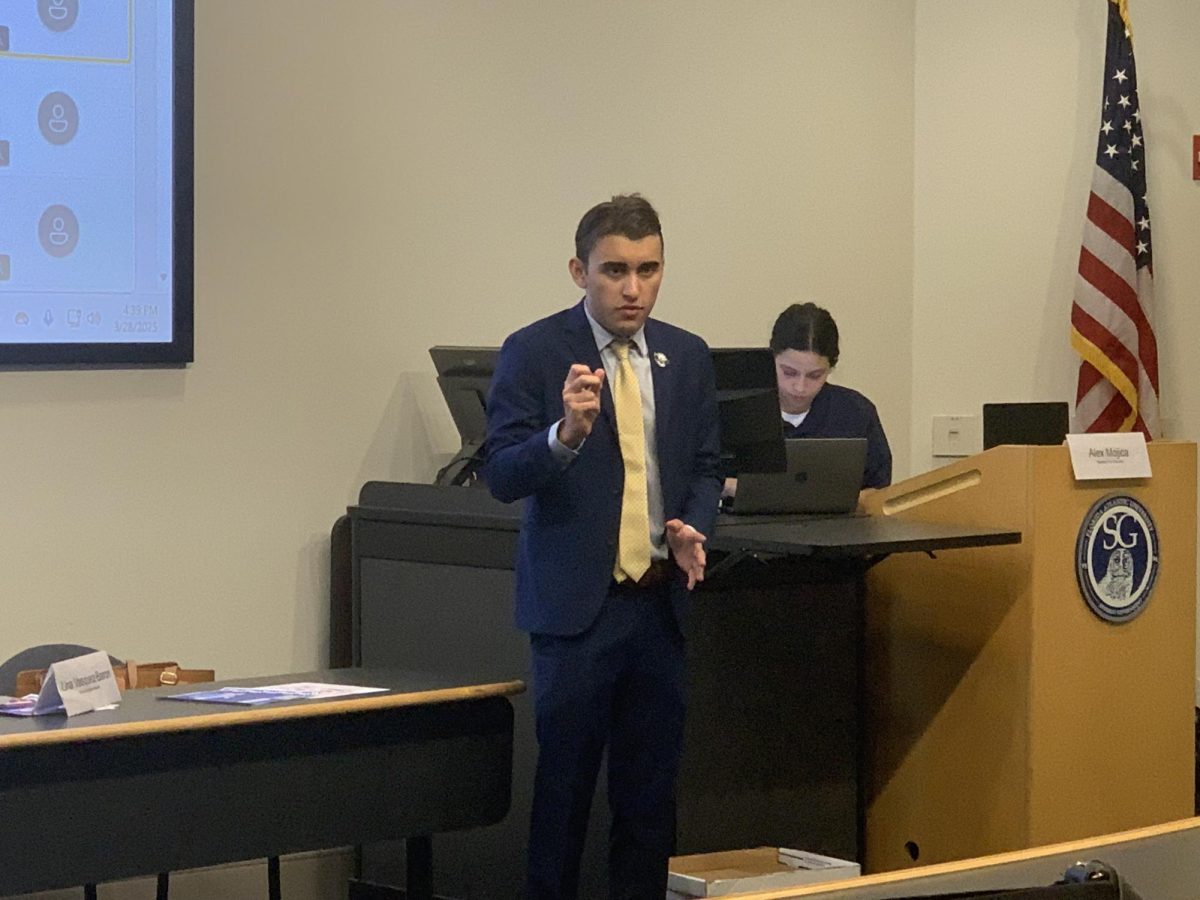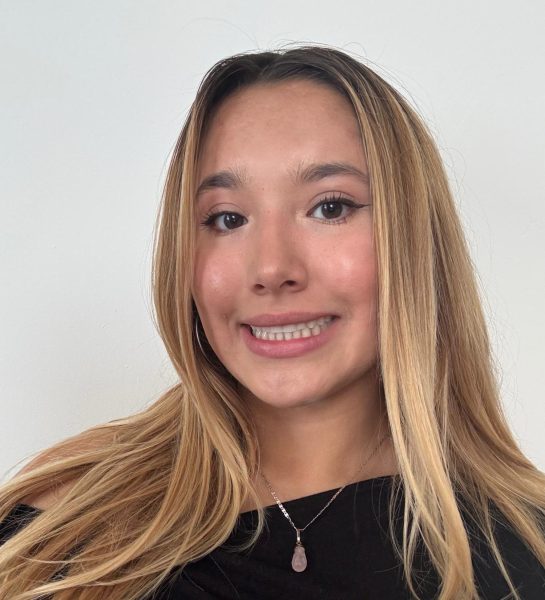Hannah Goldman is a Massachusetts native whose run-in with Florida officers has forever changed her view of law enforcement.
“When I was helping someone with an overdose, they took over 20 minutes to get to the scene and told me, ‘It’s fine, it happens,” shares Goldman.
Goldman is one of many who have had negative experiences with police officers, and the ability to share these experiences has become extremely accessible through the use of social media.
According to a study conducted by the Justice Policy Center at the Urban Institute in 2015, through tweets and other forms of media, people have become more aware of the actions of police officers and have transformed public opinion of police officers in an impactful and varied way.
“Social media brings light to situations I may not otherwise hear about. It’s also important not to rely on social media as my only source of information,” Goldman said.
According to a study conducted by the Pew Research Center, over 50% of Americans believe that the spread of videos regarding instances of police violence makes it harder for police to do their job.
FAUPD did not respond to multiple requests for comment by publication.
Social media has revolutionized the speed with which information reaches the masses, and videos online can be integral in how students view law enforcement work in the United States.
Media now provides a window into police work that did not exist in years past, and with that comes the opportunity for people to be more attentive towards police actions.
Through cases such as Michael Brown and Trayvon Martin, people have become more alert to law enforcement and their actions. This hyper-vigilance has also caused a shift in how people interact and view police officers.
“We are seeing more vigilance towards the actions of police, which to many police officers is a negative thing because many of them feel that they are being unjustly scrutinized,” said Vaughn Crichlow, a former FAU professor and Director of Research for the Institute for Municipal and Regional Policy at the University of Connecticut. “For other communities, this is something that is needed because there is a feeling that many of these interactions, the negative ones, are on the increase, forcing them to feel like they need to do something about it.”
Social media has changed how people communicate and regard different events of social injustices, allowing for more far-reaching and often completely transformative movements.
Brandon Jett is a professor at Florida SouthWestern State College in Fort Myers, Fla., and the author of “Race, Crime, and Policing in the Jim Crow South,” published in 2021. He believes social media has allowed for various reactions from different groups of people, as well as police officers themselves.
“Although social media has allowed people to spread the news more effectively, it has also allowed groups to garner support for those communities that feel that they have been robbed in ways that just would not have been possible before,” Jett said. “On the other side of it, law enforcement has also been able to garner support from wider networks through social media, so I feel in this sense that social media has hardened peoples’ opinions.”
Menika Dirkson, an assistant professor of African American history at Morgan State University, said modern media allow people to access the experiences and stories of a wide range of people. In turn, they may better understand not only the prejudices faced by certain groups of people but also their experiences surrounding them.
“These narratives [speaking of the experiences and treatment of people of color] are constantly changing and can lead to people who would not regularly have a personal experience to know about stereotypes or stigmas regarding certain groups of people face and how they perceive it,” said Dirkson.
According to statistics from the Pew Research Center, 67% of American adults believe that social media allows underrepresented people to have a voice. Dirkson said social media allows people to see different events and encounters with law enforcement through a more diversified lens.
“These narratives are constantly changing and through social media (such as politicians and organizations), it leads other individuals who would not regularly have a personal experience to know about stereotypes of certain groups of people being alienated or inferior to become aware of these prejudices,” she said.
Officer perception
Eric Dlugolenski is a retired police officer and an assistant professor in the Criminology and Criminal Justice Department at Central Connecticut State University. He believes the sheer speed with which information can move impacts how law enforcement officers approach their jobs.
“The next crime committed is always around the corner, and the problem is that although officers have numbers close to no error in their tasks, that small percentage of error becomes a national story that will come out and be something that affects departments everywhere,” he said.
For many officers, their ability to do their job has been affected by people’s scrutiny and judgments described through social media. Over 50% of Americans believe social media makes police officer’s work more difficult.
Patrick McLaughlin, an instructor at the College of Social Work and Criminal Justice at FAU believes social media has affected officers’ ability to do their work.
“Police in many situations shy away from being filmed doing their job because they don’t want to have their actions divided and interpreted by media influencers. Some do their job with less confidence and that is a crucial loss when dealing with the public,” said the former New York Police Department officer.
Dlugolenski believes the media can allow some people to create biases without experiences from encounters with law enforcement.
“Officers are pretty aware that they are in this undercurrent all the time; I could be the best officer, go the extra mile, and act with procedural justice, but I cannot change what might come on the news cycle the next day,” he said.
Dirkson believes that technology’s accessibility allows for there to be potential accountability for law enforcement personnel.
“People can simply pull out their devices and record. This is important, as throughout history we have seen that sometimes even with proof, police often end up acquitted, cameras allow there to be more transparency because they allow people to record them simply,” she said.
The importance of context
Dirkson said context is especially important to understand different perspectives fully.
“Context matters because if you have only one side of the story, the person who gave you the original story can control your perspective of it and shape the way you think about it, and without having the full picture of different accounts of crime, you are more liable to believe that one account of the story,” she said.
In the past, police would simply file cases without being questioned by the general public. However, with the rise of technology and recent implementations of bodycams, the public can now scrutinize officers’ actions in a way that was previously impossible.
“Social media is great to some extent but also a little problematic because it allows for these extreme reactions to things without thinking them through or basing that opinion on sustained research and an in-depth understanding of the issues they are discussing,” Jett said.
Surveillance from law enforcement
Law enforcement personnel aren’t simply using social media platforms to share their work and what they do for their communities. They also commonly use it to monitor and track activist groups and protesters. Dirkson says she has watched officers in the Philadelphia Police Department attend protests with the intent of keeping track of the people who attend.
According to an audit run by the Government Accountability Office in 2019, the FBI had over 640 million pictures of faces across their facial recognition systems.
Dirkson shares how in the past police surveillance was much more physical, allowing officers to attack often and break up crowds of protesters.
“Thinking of the civil rights movement as well as the classical period of the 1950s into the 1960s, you had police officers and sometimes even the fire department breaking up protests using dogs and firehoses with high-powered water, beating and arresting people who were simply acting on their right of free speech,” she said.
Dirkson, the Morgan State professor, said she has watched officers in the Philadelphia Police Department attend protests with the intent of keeping track of the people who attend. The city of Philadelphia is just over 100 miles from her Baltimore employer.
“And to think that they are recording this but not arresting anyone means that they are going to put that information into a database, and even with just taking pictures, I ask, what is the reason for holding this information about a peaceful protest?” said Dirkson.
Gabriela Quintero is a staff writer for the University Press. For more information on this story or others, contact her at gquintero2022@fau.edu.















